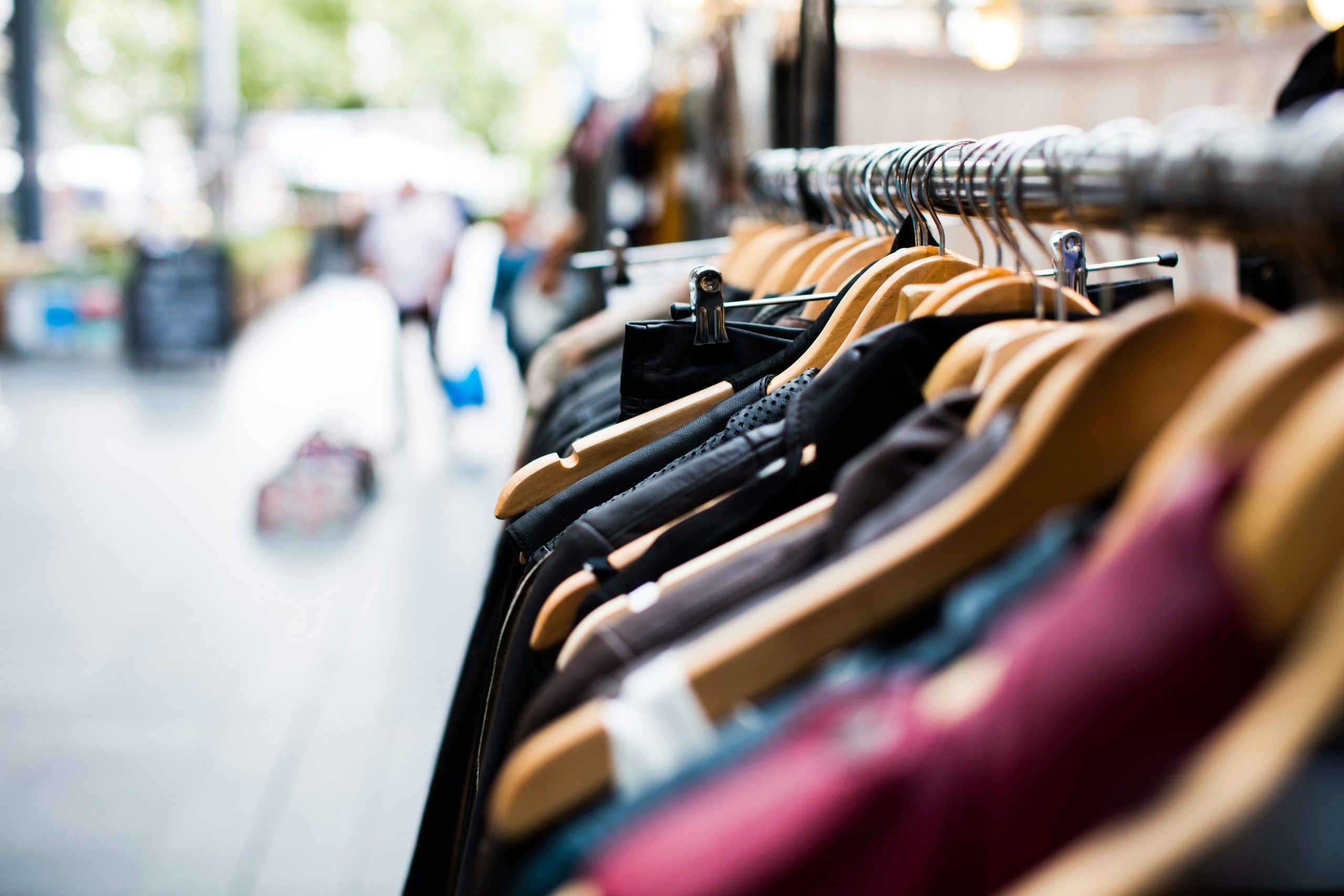The Evolution of French Fashion Through the Ages

French fashion has long been a beacon of style and elegance in the world. Its influence spans centuries, from the opulent courts of royalty to the cutting-edge runways of today. The journey of French fashion is a tale of innovation and transformation, reshaping how people dress and express themselves.
The story of French fashion is deeply intertwined with social change. It began in royal courts and evolved to reflect broader cultural shifts. Over time, French designers challenged norms and redefined beauty standards. From corsets to couture, each era brought new ideas that rippled across the globe, cementing France's place as a fashion leader.
Fashion's Renaissance Revival
During the Renaissance, clothing took on new importance. King Louis XIV of France, known as the Sun King, played a big role in this change. His love for fancy clothes helped start the fashion industry. By the late 1600s, France became a key place for making and selling fabrics.
The French style became famous for its rich fabrics and detailed designs. Dresses had fancy embroidery and trims. In the 1700s, ruffles were very popular among rich people who wanted to look their best all the time.
The royal court in France loved expensive clothes. This helped grow the country's fabric trade. Rose Bretin, who made dresses for Queen Marie Antoinette, is seen as the first real fashion designer. She was even called the "Minister of Fashion."
Key features of Renaissance fashion:
- Rich, heavy fabrics
- Detailed embroidery
- Fancy trims and ruffles
- Corsets to shape the body
Corsets were a big part of fashion then. They shaped women's bodies into an "hourglass" figure. This look was very popular at the time. Corsets were seen as a must-have item for fancy dress.
View this post on Instagram
The Birth of French Haute Couture
French haute couture blossomed in the 1800s and 1900s. It became a symbol of style and luxury. Charles Frederick Worth started the first fashion shows. This changed how designers shared their work.
Paul Poiret made waves by moving away from tight corsets. He created simpler, more modern looks. Paris grew into the world's fashion hub during this time. It drew in creative minds from everywhere.
Big names in fashion emerged:
- Chanel
- Dior
- Givenchy
These brands shaped how people dressed. They set trends that spread worldwide. Haute couture became more than clothes. It turned into an art form.
Designers used fancy fabrics and expert skills. They made one-of-a-kind pieces for rich clients. Each outfit was a work of art. This level of craftsmanship sets haute couture apart from regular fashion.
The Rise of Off-the-Rack Fashion
The early 1900s marked a big change in how people bought clothes. Factories could now make lots of clothes quickly and cheaply. This led to the start of off-the-rack fashion. French designers were at the front of this new trend.
Two important designers helped make off-the-rack clothes popular:
- Coco Chanel
- Jeanne Lanvin
Chanel made simple but nice clothes that many women could wear. Her designs were easy to move in and looked good. Lanvin made fancy clothes that weren't too expensive. Both designers helped more people buy stylish clothes.
Off-the-rack fashion lets people show their style without spending too much money. It made fashion less about rich people and more about everyone. Designers started making clothes that looked nice but didn't cost as much as custom-made outfits.
This new way of making clothes changed how people dressed. It was easier for people to follow trends and try new styles. Clothes in stores looked more like the fancy outfits seen in fashion shows. Yves Saint Laurent was another big name in off-the-rack fashion. He helped make designer clothes even more common. His ideas made high fashion easier for regular people to buy and wear.
Off-the-rack clothes are now a big part of how we shop. They let us pick from many styles and prices. This has changed how we think about fashion and what we can wear.
The Rise of Ready-to-Wear: 1980s and 1990s

As fashion entered the 1980s and 1990s, the ready-to-wear revolution continued to gain momentum. French designers such as Jean-Paul Gaultier and Thierry Mugler became known for their avant-garde creations, pushing the boundaries of traditional fashion with bold, experimental designs. These designers played with structure, material, and gender norms, creating a new vision of modern fashion.
Even iconic couture houses like Chanel, under the leadership of Karl Lagerfeld, began producing successful ready-to-wear collections. Lagerfeld modernized the classic Chanel suit while maintaining its timeless elegance, making it relevant to new generations of women. This era also saw the rise of fashion as entertainment, with runway shows becoming grand spectacles that blended art, culture, and style.
Breaking New Ground
French fashion has made big strides in the 21st century. Designers mix old and new ideas to create fresh looks. They use computers and machines to make clothes in new ways. Some use 3D printers to make unique pieces. Others add tech to clothes, like jackets that can charge phones.
Fashion is also going green. Many brands now use materials that are better for the planet. They try to make clothes without hurting people or animals. Some even tell customers to buy less and keep clothes longer.
- Key changes in modern French fashion:
- Using new tech in design
- Adding smart features to clothes
- Making eco-friendly materials
- Promoting ethical production
These changes show how French fashion keeps growing. It stays true to its roots while trying new things. This mix of old and new keeps the French style popular around the world.
Future Trends in French Fashion
French fashion continues to evolve and set global trends. Street style is becoming more influential, blending high-end and everyday looks. Designers are embracing avant-garde ideas, pushing boundaries with bold shapes and unique materials.
Innovative designs are key to staying relevant. Brands are experimenting with:
- Sustainable fabrics
- 3D-printed accessories
- Smart clothing with built-in tech
The legacy of designers like Thierry Mugler lives on. His dramatic, futuristic creations inspire new generations of fashion artists. Today's designers mix Mugler's theatrical flair with practical wearability.
French fashion houses are adapting to changing consumer habits:
| Trend | Response |
|---|---|
| Online shopping | Virtual showrooms |
| Customization | Made-to-order pieces |
| Ethical concerns | Transparent supply chains |
Social media influences fashion more than ever. Brands use platforms to showcase collections and connect with customers directly. This instant feedback shapes future designs.
The fashion industry faces challenges like fast fashion and overproduction. French designers are leading the way in creating timeless, quality pieces that last. This approach combines tradition with modern sustainability.
Wrapping Up
The journey of French fashion from the rigid corsets of the 18th century to the luxurious haute couture of today showcases the industry’s remarkable ability to adapt while maintaining its core values of elegance and craftsmanship. Each era has brought new innovations and shifts in style, reflecting the evolving roles of women, societal changes, and the desire for both beauty and practicality.
French fashion remains a powerful global influence, with its timeless approach to style, quality, and individuality. Whether through the sophistication of haute couture or the accessibility of ready-to-wear, French fashion continues to inspire and define trends worldwide.




